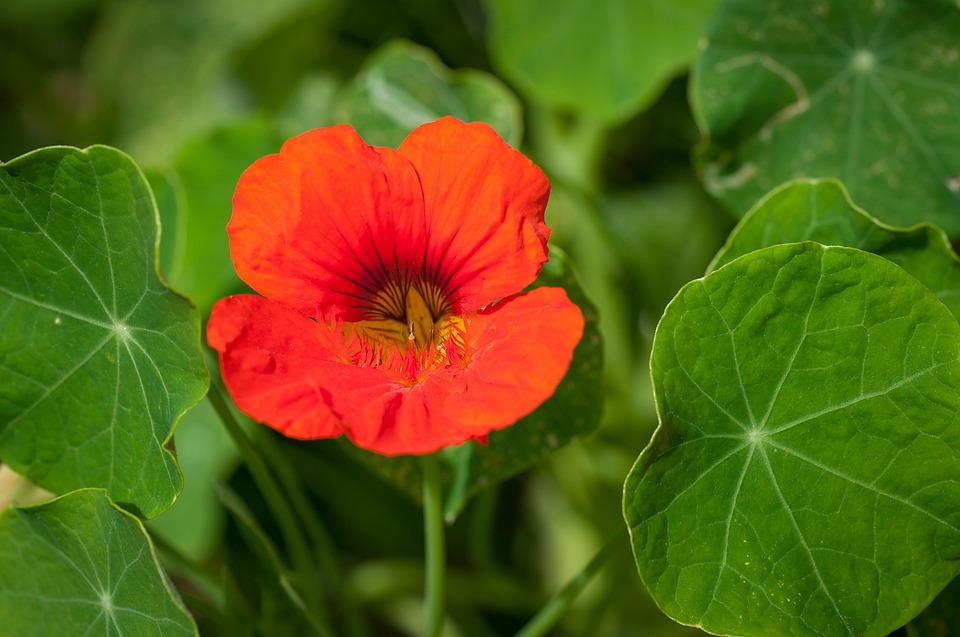Introduction
Are you interested in growing your own delicious vegetables but don’t know where to begin?
Edible gardening is a rewarding and sustainable hobby that allows you to enjoy the fresh taste of homegrown produce.
Whether you have a backyard or a small balcony, this beginner’s guide will provide you with the essential knowledge to get started on your edible gardening journey.
1. Assessing your Space
The first step in growing your own vegetables is to assess the space you have available.
Determine whether you have a full-sized garden, a raised bed, containers, or even just a sunny windowsill.
Different vegetables have different space requirements, so it’s essential to choose suitable crops that will thrive in your available space.
2. Understanding Sunlight and Watering
Vegetables require an adequate amount of sunlight to grow.
Most edible plants need at least six hours of direct sunlight per day.
Make sure to choose the sunniest spot in your garden or balcony.
Additionally, watering is crucial for vegetable growth.
Regular watering is necessary, but overwatering can be detrimental to the plants.
It’s essential to strike a balance and provide enough water for healthy growth.
3. Selecting the Right Vegetables
Choosing the right vegetables is essential for a successful edible garden.
As a beginner, it’s recommended to start with easy-to-grow, hardy vegetables.
Some popular options include tomatoes, peppers, lettuce, herbs, and radishes.
Consider the climate in your area and select vegetables that are suitable for your region.
Different vegetables have different growing seasons, so take this into account while planning your garden.
4. Preparing the Soil
The quality of your soil is vital for the health and productivity of your vegetable plants.
Conduct a soil test to determine its pH level and nutrient content.
Most vegetables prefer a slightly acidic soil with a pH range of 6 to 7.
If necessary, amend the soil with organic matter such as compost or well-rotted manure to improve its texture and fertility.
5. Planting and Caring for your Vegetables
Follow the instructions on seed packets or starter plants to determine the proper planting depth and spacing for each vegetable.
Plant the seeds or seedlings accordingly, ensuring they have enough space to grow and access to sunlight.
Regularly check for pests and diseases, and take appropriate measures to protect your plants.
Provide support, such as trellises or cages, for climbing or vining vegetables.
6. Harvesting and Enjoying your Homegrown Vegetables
Finally, the moment you’ve been waiting for!
Harvest your vegetables when they reach maturity.
Different vegetables have different indicators of ripeness, such as color, size, or texture.
Check the specific requirements for each vegetable you’re growing.
Enjoy your fresh, homegrown produce in your meals, and share your bountiful harvest with friends and family.
FAQs
1. How long does it take for vegetables to grow?
The time it takes for vegetables to grow varies depending on the specific plant.
Leafy greens like lettuce can be harvested in as little as 30 days, while root vegetables like carrots may take two to three months.
Consult the seed packets or plant tags for specific information.
2. Can I grow vegetables indoors?
Absolutely!
Many vegetables, such as herbs, tomatoes, and lettuce, can be grown indoors if you have sufficient sunlight or access to grow lights.
Consider using containers or hydroponic systems for indoor vegetable gardening.
3. How do I deal with pests in my vegetable garden?
Pests can be a challenge in any garden.
Employ organic pest control methods such as handpicking, using insecticidal soap, or introducing beneficial insects like ladybugs.
Companion planting can also deter pests and promote healthier plants.
4. Should I use organic fertilizers?
Using organic fertilizers is highly recommended for edible gardening.
These fertilizers provide essential nutrients to your plants while promoting soil health and preventing the buildup of harmful chemicals.
Organic fertilizers can include compost, well-rotted manure, worm castings, and seaweed-based products.
5. How can I extend my vegetable growing season?
To extend the growing season, consider using season-extending techniques such as row covers, cold frames, or a greenhouse.
These methods protect your vegetables from frost and allow you to continue growing them even during colder months.




